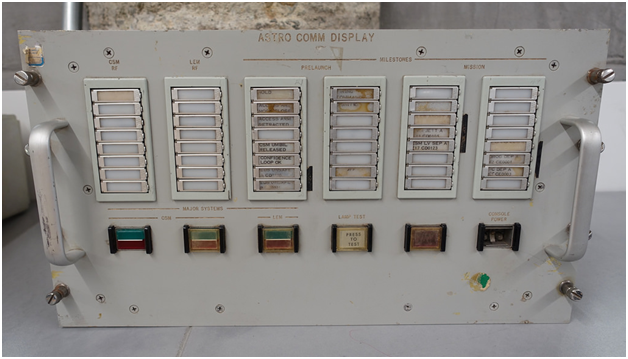
Electrical control components are used within electrical control panels and perform specific functions, such as a timer or relay. There is a range of different components that can be utilised for a range of purposes and your control panel supplier can discuss your individual requirements with you to ensure you’re using the best components.

Where are electrical control components used?
An electrical control panel is an electrical enclosure that contains control components, operator devices and electrical power components that meet a specific purpose.
They are used in all industries, but each individual industry or customer will have unique preferences, which results in an endless number of possible variables. For example, there are unique panels to meet the safety requirements of hazardous environments, such as in the gas and oil industries – http://www.controlengeurope.com/article/132896/ATEX-and-the-control-panel.aspx.
Types of electrical control components
There are many different electrical control components manufacturers and suppliers, such as http://www.osmelectrical.com/, who can offer solutions that match your requirements, but there are some typical components that are necessary for most control panels.

Control relays
This is the simplest type of control device, which uses an electrical voltage to energise or de-energise a coil, as well as a contact whose logic state can be altered based on that of the coil. They are used as a means of switching on and off other devices, like pilot lights and contactors.
Timing relays
The next basic control device is a timing relay. These control relays have an integrated timer which determines when the state of the contacts is changed and they will turn on or off other components at the required time.
Programmable logic controllers
These are a series of controllers, for instance, timers and relays, contained within a package. They are available in a range of forms, with prices varying accordingly, based on the specific requirements. These are flexible controllers and enable communication, but it is necessary for them to be programmed correctly, using the appropriate skills and tools, for them to perform effectively.
These electrical control components work alongside power components, such as circuit breakers, fused disconnects, motor starters and variable frequency drives, to manage the electrical power flow, as well as operator devices, including pilot devices, digital panel meters and operator interfaces, to enable the components within a control panel to be monitored and controlled by the operator.